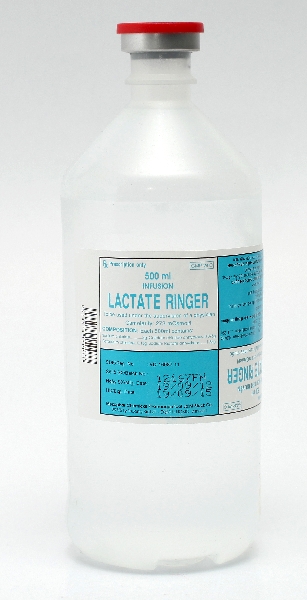
In patients of any age ceftriaxone must not be mixed or administered simultaneously with any calcium-containing IV solutions even via different infusion lines or different infusion sites 4.3 ContraindicationsĬases of fatal reactions with calcium-ceftriaxone precipitates in lungs and kidneys in premature and full-term newborn infants aged less than 1 month have been described. The equipment should be primed with the solution in order to prevent air entering the system.Īdditives may be introduced before infusion or during infusion through the injection site.įluid balance and plasma electrolytes concentrations (sodium, potassium, calcium and chlorides) must be monitored during administration. The solution should be administered with sterile equipment using an aseptic technique. Vented intravenous administration sets with the vent in the open position should not be used with flexible plastic containers. Use of a vented intravenous administration set with the vent in the open position could result in air embolism. Pressurizing intravenous solutions contained in flexible plastic containers to increase flow rates can result in air embolism if the residual air in the container is not fully evacuated prior to administration. Such use could result in air embolism due to residual air being drawn from the primary container before the administration of the fluid from the secondary container is completed.
#Lactated ringer series
The inner bag maintains the sterility of the product.ĭo not use plastic containers in series connections. Do not remove unit from overwrap until ready for use. Administer immediately following the insertion of infusion set. Use only if the solution is clear, without visible particles and if the container is undamaged. The solution for infusion should be visually inspected prior to use. The administration is performed by intravenous route. children and schoolchildren: aged from 2 years to 11 years.

Infants and toddlers: aged from 28 days to 23 months (a toddler is an infant who can walk) Infusion rate and total volume can be higher in surgery or in case of need. In severely head-injured children the dose is on average 2850 ml/m 2. In children with burns, the dose is on average 3.4 ml/kg/per cent burn at 24 h post-burn and 6.3 ml/kg/per cent burn at 48 h. In paediatric patients the infusion rate is 5 ml/kg/h on average but the value varies with age: 6-8 ml/kg/h for infants, 4-6 ml/kg/h for toddlers, and 2-4 ml/kg/h for schoolchildren. The infusion rate is usually 40 ml/kg/24h in adults, the elderly and adolescents. for babies and children : 20 ml to 100 ml / kg / 24 h. for adults, the elderly and adolescents : 500 ml to 3 litres /24h

The dosage depends on the age, weight, clinical and biological conditions of the patient and concomitant therapy. Adults, the Elderly, Adolescents and Children :


 0 kommentar(er)
0 kommentar(er)
